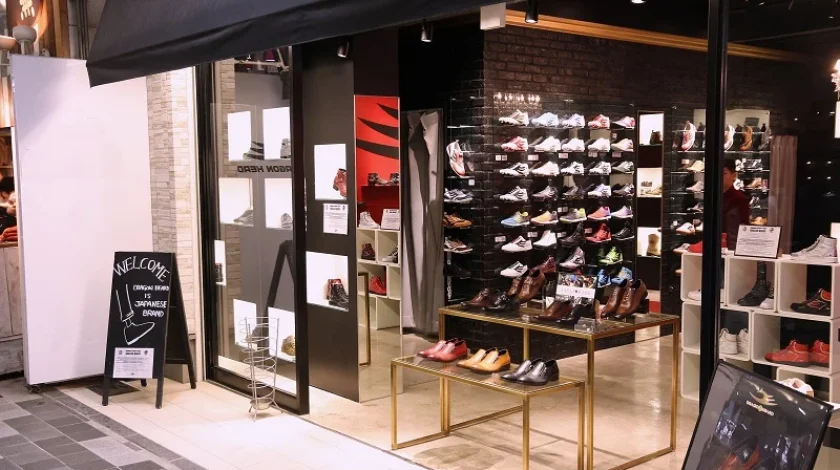Ireland-based fast food restaurant Supermac’s recently tasted sweet revenge over McDonald’s, when the European Union Intellectual Property Office (EUIPO) issued a surprise decision to revoke the fast food giant’s ‘BIG MAC’ trade mark registration from the EUIPO in its entirety, with respect to a range of food items and restaurant services.
Round 1
The first Supermac’s location opened its doors in 1978 in County Galway, and the company has since operated in Ireland alongside McDonald’s for over 30 years. However, when the much smaller Supermac’s shared its plans to expand its operations, and began filing applications for its trade marks with the EUIPO, this did not sit well with McDonald’s – who responded by opposing Supermac’s application for the trade mark ‘SUPERMAC’ arguing that it was too similar to its trade mark, ‘BIG MAC’. McDonald’s was the victor on this occasion.
Round 2
In what may have been seen by many as a bold move, Supermac’s retaliated by taking aim at one of McDonald’s most recognised brands, the ‘BIG MAC’, by filing an application to have the registration removed from the EUIPO Register on the grounds of non-use.
In Europe, the EUIPO may remove a trade mark registration from the Register, if, within a continuous period of 5 years, the trade mark has not been put to genuine use in the European Union.
In Australia, similar provisions apply – although the 5-year grace period has recently been reduced to 3-years for trade mark applications filed after 24 February 2019. See our comments below for further details regarding these important changes.
What is genuine use?
The use of a trade mark is considered genuine when the mark is used in accordance with its essential function, which is ‘to guarantee the identity of the origin of the goods or services for which it is registered’, in order to preserve an outlet for those goods or services.
In determining whether use of the ‘BIG MAC’ trade mark by McDonald’s was genuine, the EUIPO was not looking to assess whether the product sold under the mark was a commercial success, or whether there had been large scale commercial use of the ‘BIG MAC’ trade mark – but rather, whether McDonald’s had genuinely used the mark ‘BIG MAC’ with respect to a range of goods and services covered by the registration.
Did McDonald’s prove its genuine use of the BIG MAC trade mark?
In short, no. Despite McDonald’s filing affidavits, promotional materials, extracts from websites and an extract from a Wikipedia page, EUIPO found that the evidence submitted was “insufficient” to establish genuine use of the trade mark, resulting in its removal. The EUIPO said the affidavits from McDonald’s needed to be supported by other types of evidence, and that the websites and other promotional materials did not provide such support.
Important Legislation Update for Australian Trade Mark Owners
Following the Productivity Commission’ s public inquiry into Australia’s intellectual property system, several significant changes affecting trade mark owners came into effect on 24 February 2019 through the Intellectual Property Laws Amendment (Productivity Commission Response Part 1 and Other Measures) Act 2018.
One of the key changes is a reduction in the grace period before which a trade mark registration can be challenged and removed from the Australian Trade Marks Register by a third party based on non-use.
Previously, trade mark owners had a 5-year grace period from the filing date of the trade mark application before a non-use application could be filed, although these recent changes to the trade mark legislation have reduced that grace period to 3 years.
The changes will only apply to trade mark applications filed on or after 24 February 2019, and will not apply retrospectively. Any applications filed prior to 23 February 2019 will be subject to a 5-year grace period.
What does this mean for trade mark holders, including in Australia?
The change to legislation, coupled with Europe’s revocation of the ‘BIG MAC’ trade mark acts as a timely reminder for trade mark owners to review their trade mark portfolios in order to ensure that any valuable brands remain in use. Similarly, a review will help to ensure that appropriate records are being kept that evidences this use to avoid any attack based on non-use by a third party, whether under the old or the new 2019 provisions.
Key takeaway points for trade mark owners
- Even corporate giants such as McDonald’s are not immune to having their trade marks removed from the Register on the grounds of non-use.
- The mere presence of a trade mark on a website will not always be sufficient to prove genuine use of the mark unless evidence is tendered showing statistics of the website visits and orders of the relevant goods in the relevant non-use period.
- Evidence such as affidavits, brochures showing the goods, advertising materials and websites should always include sales figures for any actual goods purchased by consumers.
- If you receive an application seeking removal of your trade mark, get advice from your legal adviser on your options and have them assist you with devising and executing an effective defence strategy.
If you have a query relating to any of the information in this article, or you would like to speak with a lawyer in Coleman Greig’s Intellectual Property team regarding your own trade mark protection, please don’t hesitate to get in touch today.














